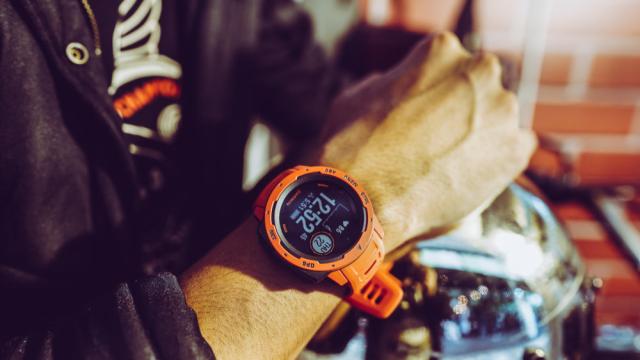Did your Garmin watch suddenly stop working on Thursday? You’re not alone. The company suffered a suspected ransomware attack that disabled all of its online services.
While Garmin hasn’t officially confirmed any details, many employees made statements on social media indicating the outages were caused by a ransomware attack. An internal Garmin memo obtained by Taiwanese tech news site iThome blames the problems on a “virus.”
If details on the alleged attack are thin on the ground for now, it’s clear it was bad enough to force Garmin to lock down all of its services — including all internet features on Garmin devices, the Garmin website, and even call centres, chat support and email communications.
It’s currently unclear whether any user data was impacted or even stolen, or if it was simply encrypted and held for ransom — assuming this was, in fact, a ransomware attack. As ZDNet says in its report, data theft is a common part of contemporary ransomware — that way even if the encryption is somehow circumvented, the hackers still come away with a mountain of potentially lucrative data.
If you’re worried about losing the data on your Garmin devices, all is not lost.
How to save your Garmin data
Despite the scope and severity of the incident — whether ransomware attack or virus — there are ways to ensure your workout data isn’t lost before Garmin (hopefully) recovers. Garmin users have been sharing helpful workarounds for getting your latest workout data properly synced third-party fitness apps like Strava or Training Peaks. These steps come from Marco Abis on Twitter:
- Plug your Garmin watch into your computer via its USB charging cable.
- Open the “Garmin” folder via Finder on Mac or File Explorer on Windows.
- Double click the “Activities” folder.
- Copy the most recent .fit files over to your PC.
- Next, go to your third-party fitness app’s website on your computer.
- Sign in to your account and manually upload your .fit file from your computer (an internet search should bring up instructions on how to do this for the specific app you’re using).
As for the potential data breach, all we can recommend is following the same data security practices we always recommend when attacks like this happen. If it turns out Garmin user data was stolen, these steps will help prevent unwanted access to your accounts and further privacy breaches. And if it happens your Garmin data wasn’t stolen, well, you’ll be better protected from possible future leaks.
[ZDNet]

Comments